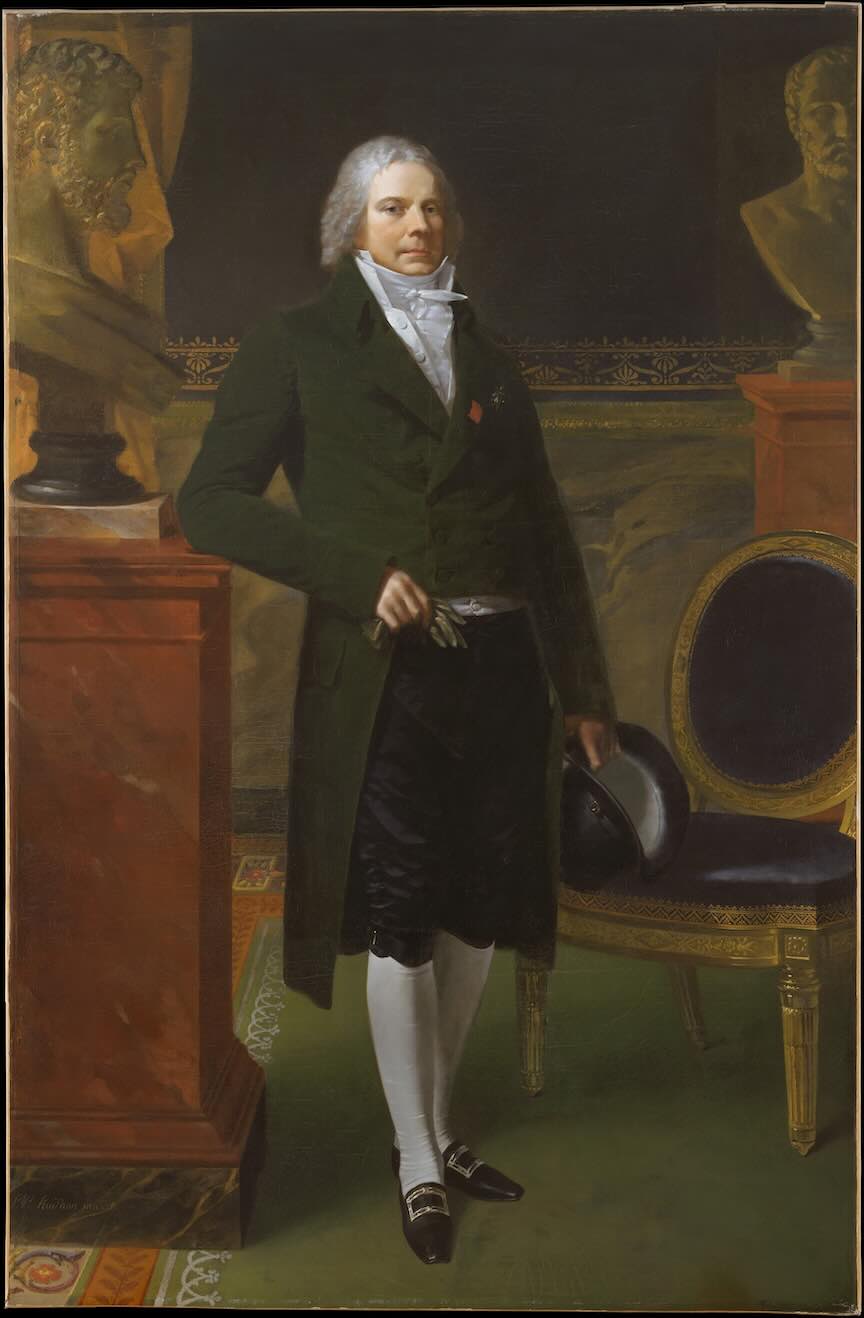
Charles-Maurice de Talleyrand was a French statesman who played a key role in shaping France’s political landscape from the Revolution through the Napoleonic era. He helped craft the Declaration of Rights and later aligned with Napoleon, securing his rise to power. Talleyrand later broke with Napoleon, helping orchestrate his downfall, and continued to influence French politics under Louis XVIII and Louis-Philippe.
Charles-Maurice de Talleyrand-Périgord, born on February 2, 1754, in Paris, was one of the most skilled and influential French diplomats in history. Despite being born into a noble family, Talleyrand’s early life was marked by misfortune: a foot injury from birth left him physically disabled, and his family directed him toward a career in the clergy, a path that did not align with his ambitions. Educated at the prestigious Collège d’Harcourt and the Sorbonne, Talleyrand was ordained as a priest, but his cynicism toward the church became evident over time.
In the years leading up to the French Revolution, Talleyrand became increasingly involved in political matters. He was elected to the Estates-General in 1789 as a representative of the clergy. Once the Revolution gained momentum, Talleyrand was selected as a key figure in drafting the Declaration of the Rights of Man and of the Citizen, one of the foundational documents of the French Revolution. In 1790, he was elected President of the National Assembly, solidifying his standing as a prominent political figure. However, his growing cynicism toward religion, particularly the Catholic Church, led to his excommunication by Pope Pius VI after Talleyrand supported the confiscation of church property to help alleviate France’s financial crisis.
Facing increasing turmoil in revolutionary France, Talleyrand sought refuge abroad. He lived in London for a time and later in the United States, where he observed the political landscape and fostered new relationships. His political acumen eventually led him back to France in 1796, following the fall of Robespierre.
Talleyrand’s next significant political move was aligning himself with the rising military leader, Napoleon Bonaparte. Recognizing Napoleon’s ambition, Talleyrand helped orchestrate his rise to power, first by securing his position as consul for life and later by supporting his ascension to emperor. In return, Napoleon rewarded Talleyrand by making him Prince of Bénévent, a noble title that further elevated his status. Despite their close working relationship, Talleyrand’s pragmatism led him to oppose some of Napoleon’s more reckless decisions, including the ill-fated invasion of Russia in 1812. Their differences eventually led to Talleyrand breaking with Napoleon.
As the tide turned against Napoleon, Talleyrand positioned himself as a leader of the anti-Napoleon faction. He played a crucial role in the negotiations that led to Napoleon’s abdication in 1814, dictating the terms of his ouster to the Senate. In the years that followed, Talleyrand helped restore the Bourbon monarchy, serving both Louis XVIII and Charles X.
Talleyrand’s political influence did not wane after the Bourbon restoration. During the July Revolution of 1830, he supported the ascension of Louis-Philippe to the throne and served as his chief advisor, helping to stabilize the new constitutional monarchy. Talleyrand’s last significant role was as the French ambassador to Britain, where he further cemented his reputation as a master diplomat.
In 1834, Talleyrand retired from political life after decades of navigating the complex and turbulent landscape of French politics. He passed away in 1838, leaving behind a legacy as one of France’s most adaptable and enduring statesmen, whose influence spanned multiple regimes and revolutions.
 >
>